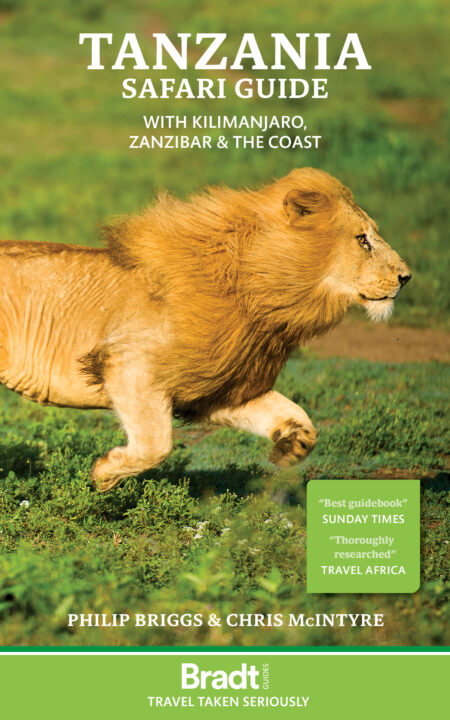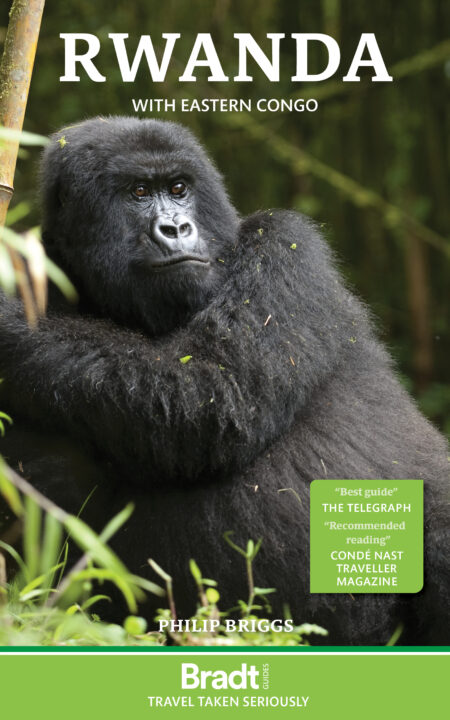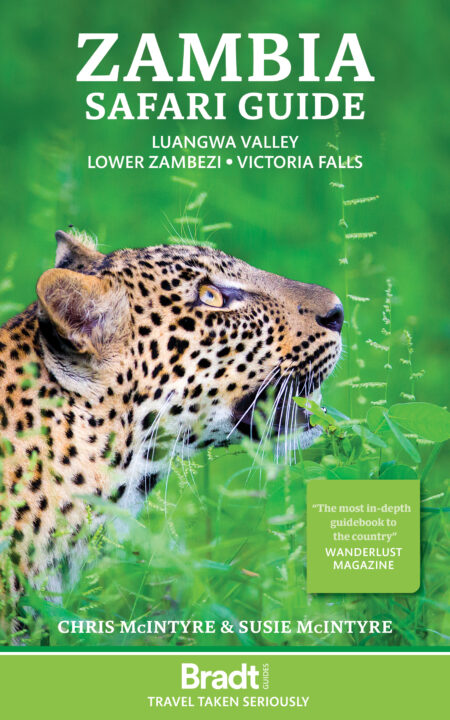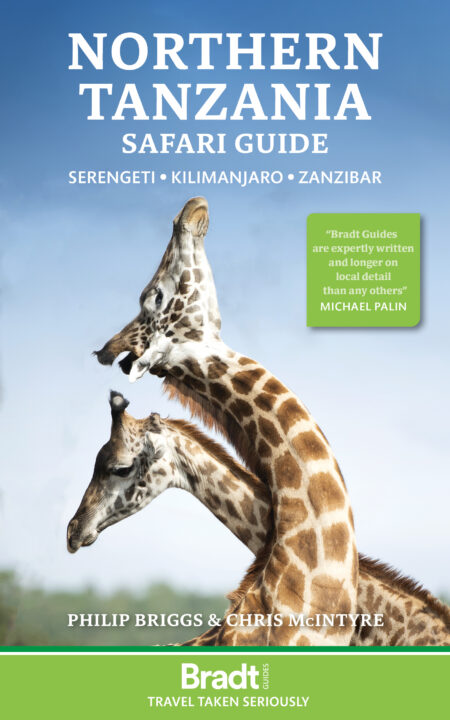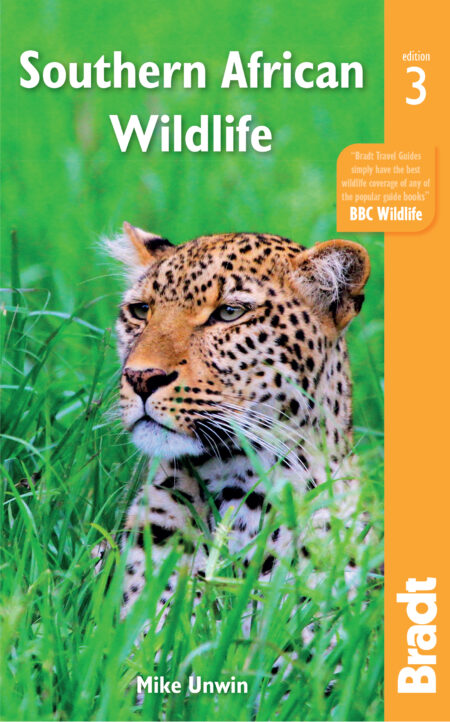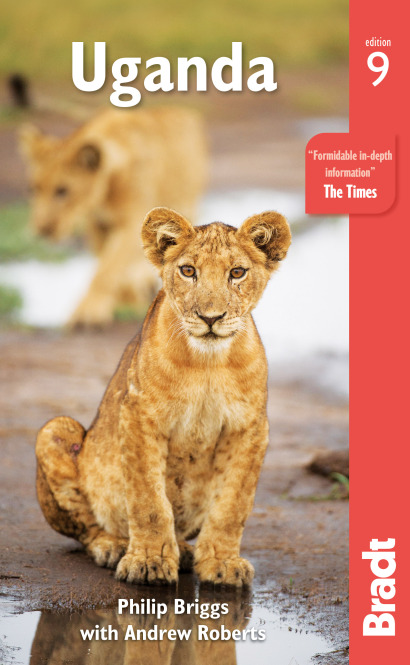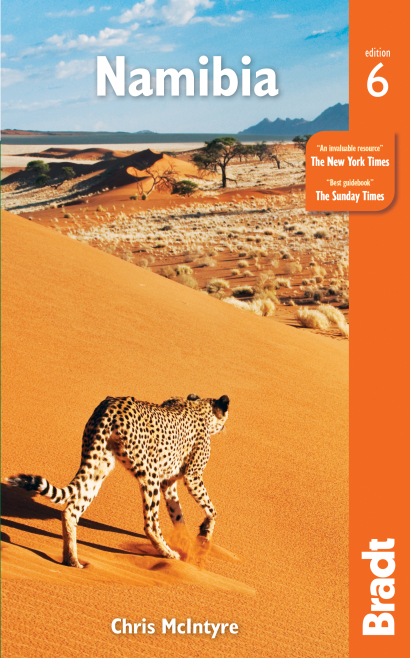The largest African carnivore and undisputed top land predator, the lion is also the most sociable of the large cats, living in loosely structured prides of typically five to 15 animals. Lions are not very active by day; they are most often seen lying in the shade looking the picture of regal indolence. They normally hunt at night, and their favoured prey consists of buffalo and medium-to-large antelope such as the Ugandan kob.
But if you’re keen to see the king of the cats, here’s where you should be heading:
Tanzania
Tanzania is Africa’s ultimate safari destination. An estimated 14,000 to 15,000 lions still roam the country, a figure four-times greater than that of the nearest contender — South Africa with around 3,500 — and the Serengeti is undoubtedly the best place in the world for lion sightings.
However, the Ngorongoro Conservation Area reputedly supports the densest concentration of predators in Africa. The resident lion population has fluctuated greatly ever since records were maintained, partly as a result of migration in and out of the crater, but primarily because of the vulnerability of the concentrated, and rather closed, population to epidemics. The crater’s lions might be encountered just about anywhere and are generally very relaxed around vehicles.
Kenya
Lions are common in several Kenyan reserves, nowhere more so than the Masai Mara. An estimated 250 to 300 lions have territories within the reserve’s boundaries, one of the highest population densities anywhere in Africa, and good sightings are practically guaranteed, with a high chance of encountering prides comprising a dozen or more individuals on a kill.

A word of warning, though: the Masai Mara has a reputation for being too touristy and overcrowded, and it’s certainly not unusual to find yourself jogging for space with half a dozen other vehicles circling a lion pride.
South Africa
The main attraction of Kruger is of course its abundant wildlife, which includes significant populations of all the members of the eagerly sought Big Five. It has southern Africa’s largest lion population, hosting an estimated 1,500 to 2,000 predators.
The Central Kruger is the best part of the park for the predatory lion to make its kills, which also often attract jackals and hyenas, and the open habitat is ideal for cheetah that can be seen within a 10km radius of camp.
Uganda
Ishasha ranks among the most alluring game-viewing areas anywhere in Uganda. It supports a population of tree-climbing lions that used to comprise around 40 individuals, but that number is now said to have halved in recent years.

Around 20 specific individual trees are favoured, which makes it quite easy to locate the lions when they are up in the canopy. The behaviour might be observed throughout the year but is most frequent during the rainy season. Lions are most likely to be seen in arboreal action in the heat of the day, descending back to the ground well before dusk.
Namibia
Etosha National Park, Namibia’s best-known nature reserve, dominates this region and centres upon the huge 6,000km2 Etosha Pan – a blinding white expanse of dry clay.

Most of southern Africa’s large mammals can be found here, and lions are no exception. They tend to pray on the vast herds of zebra and wildebeest found in the park.
Zambia
Lions occur throughout Zambia and are very common in the larger parks with better game densities: Luangwa (North and South), Kafue and lower Zambezi. Lions are relatively widespread in Kafue National Park, but the larger males are increasingly uncommon, with inevitable consequences for population numbers as a whole.
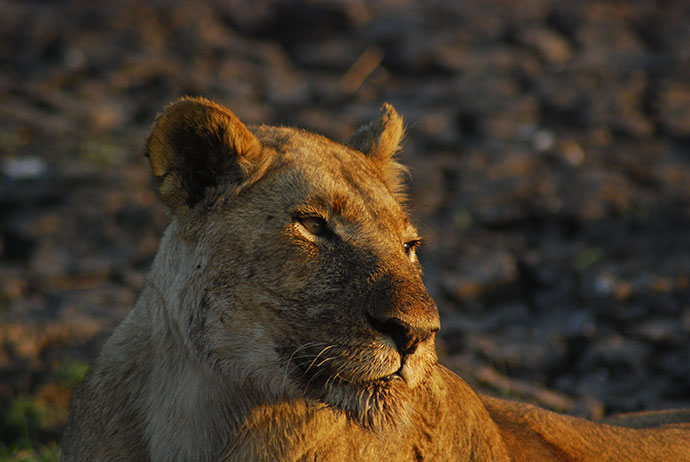
On the Busanga Plains, prides – including the so-called Busanga pride, notable for climbing trees – stalk through nervous herds of puku and lechwe nightly, using the natural drainage ditches for cover with deadly efficiency.
Rwanda
Rwanda is a country often associated with gorillas, but in Akagera National Park, its counterpart to the famous savannah reserves of Kenya, Tanzania and the like, there’s plenty of big game-viewing opportunities.

For the better part of two decades, lion sightings here had been little more than the stuff of rumour, but with the June 2015 reintroduction of seven lions (two males and five females) flown in from reserves in South Africa, Akagera is once again home to the most charismatic member of the Big Five. Two more males were introduced in 2017, and signs indicate that they’re settling in nicely – nearly a dozen cubs have been born here since the reintroductions began.
More information
Being able to see even one of the Big Five is a magical experience. Here at Bradt, we’ve composed a list of the 10 Best African Safaris, which contains detailed information on where you can find all the Big Five as well as other amazing safari experiences throughout Africa.
Learn more about Africa’s wildlife in our country-specific guides:
